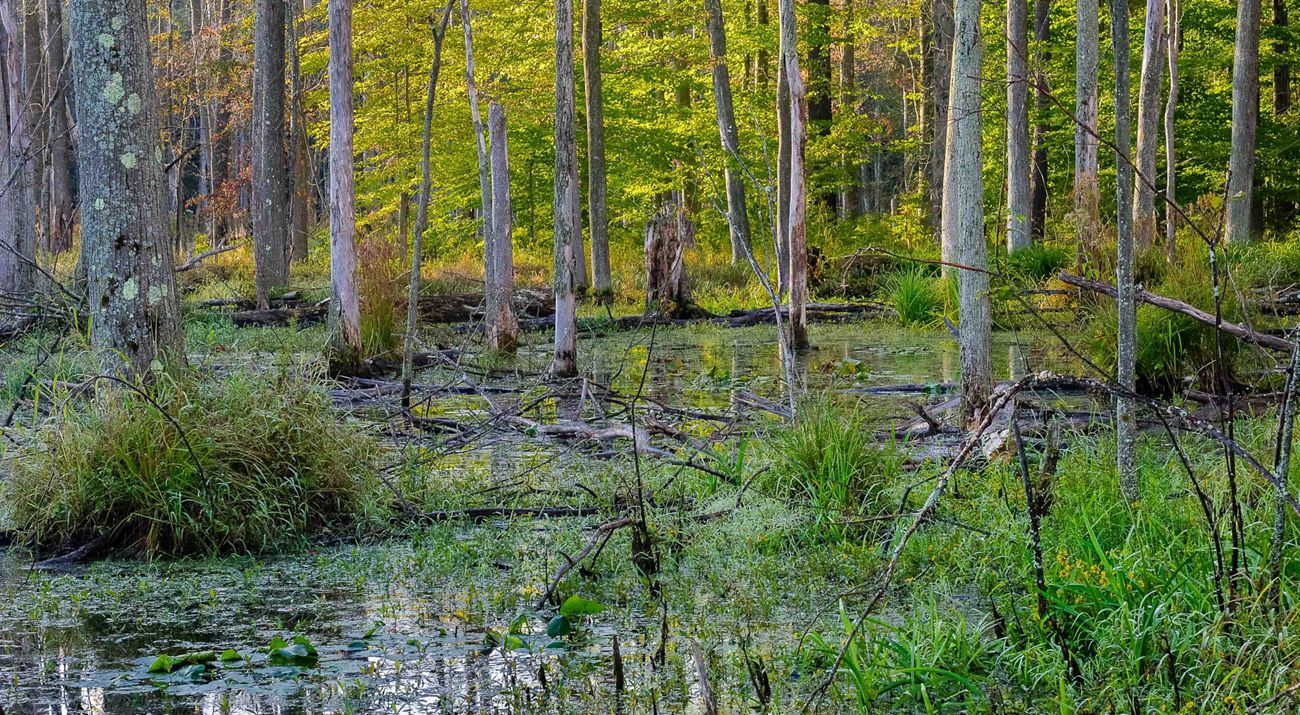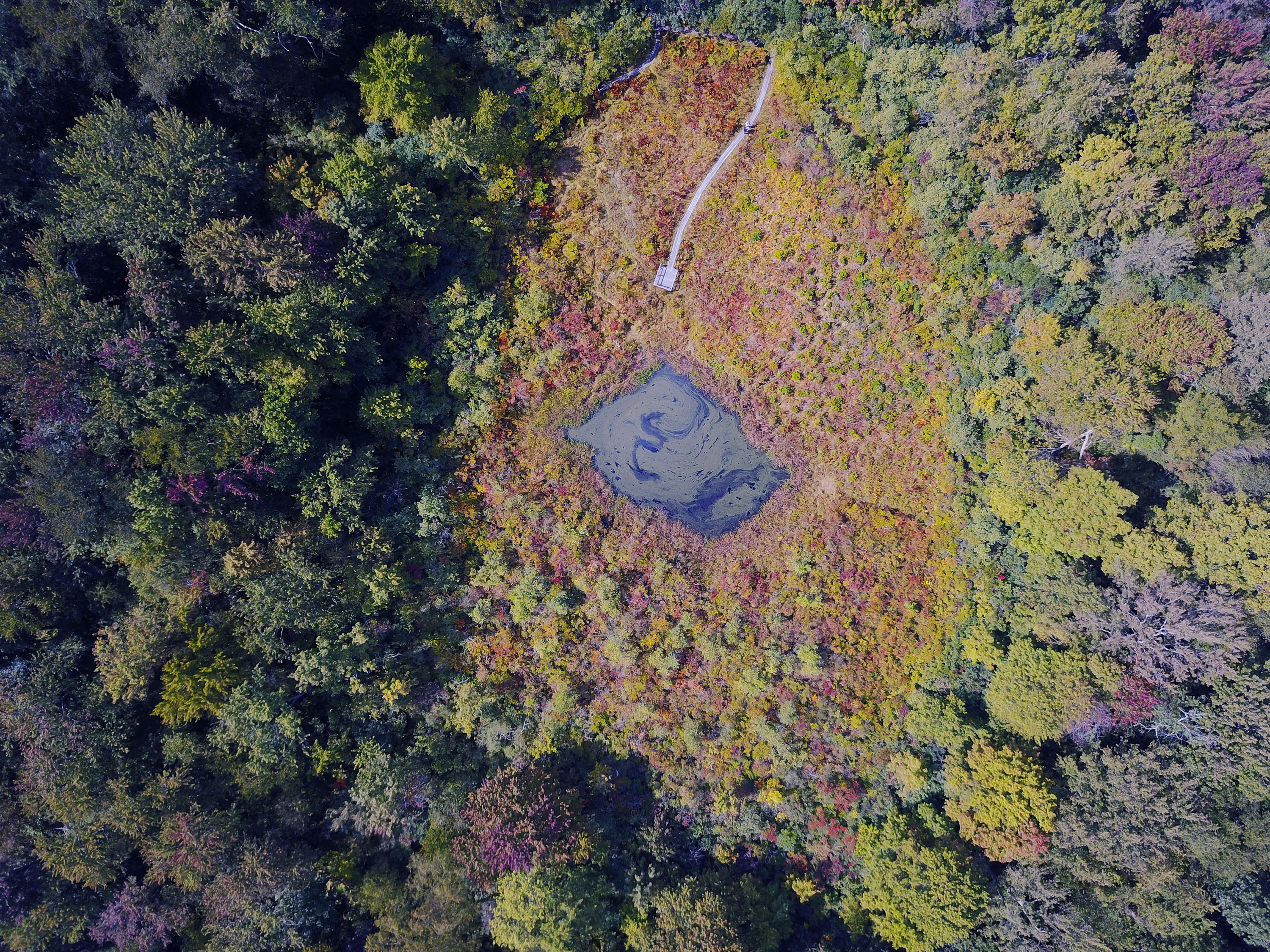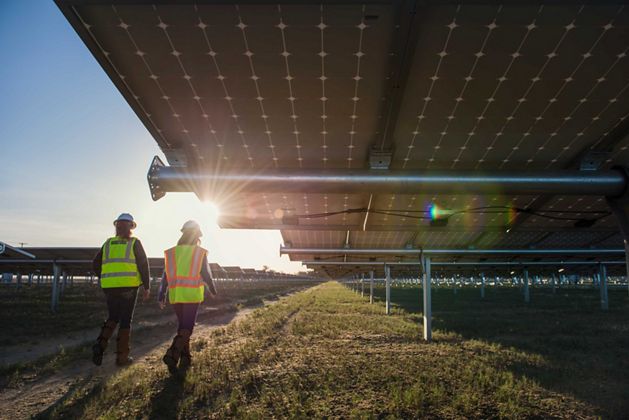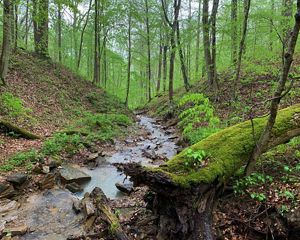Climate change threatens the health of people and the planet, but nature can help. Learn how TNC is creating a climate-resilient future for Ohio.
In the coming decades, Ohioans can expect more extremely hot days, with severe heat waves that impact human health and summer droughts that reduce our harvests. We can also expect to see wetter and more intense spring storms that will cause our agricultural lands to flood and our rivers, creeks and streams to more frequently overflow their banks.
But we can look to nature to provide solutions. Protecting, restoring and better managing our forests, wetlands and grasslands can help us achieve more than 1/3 of the carbon emission reductions needed to keep global temperatures from rising by more than 1.5 degrees Celsius (2.7 degrees Fahrenheit). Learn more about how protecting and restoring Ohio's land and water resources will help us combat climate change and reach our carbon reduction goals.
What We Hope to Accomplish by 2025
-

Carbon Sequestration
Remove the CO2 equivalent of 150,000 cars from the road annually through natural climate solutions including better forest management, habitat protection and sustainable agriculture
-

Renewable Energy Infrastructure
Accelerate the build-out of renewable energy in ways that support nature, people and the climate
-

Clean Energy Advocacy
Strengthen bipartisan support for climate action and improve the narrative around climate change
How We're Driving Science-Based Climate Action in Ohio
We are all connected by the water we drink, the air we breathe and the lands that feed us. Yet the world’s rapidly changing climate is straining the systems we rely on to live. We are already seeing more severe weather events that disproportionately impact low-income and Black, Indigenous, and People of Color (BIPOC) communities and weaken the ability of our agricultural lands to produce food for a growing global population. Plants and wildlife are being pushed to the limit of their geographic ranges. And some species are struggling to find adequate habitat and food as warmer temperatures threaten the integrity of natural areas and make it easier for pests and diseases to take hold. But nature can help.
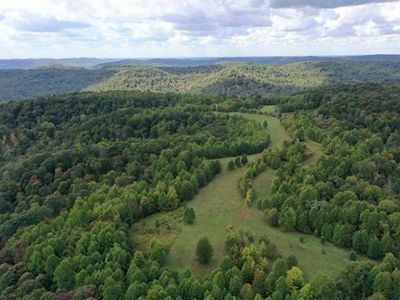
By strengthening the inherent ability of our forests and farmlands to trap and absorb greenhouse gases, we can remove and store more carbon from the atmosphere. At the same time, we can use those same natural processes to produce revenue for landowners managing these climate-saving natural areas. Additionally, by promoting the smart siting of renewable energy sources, Ohio can become a leader in transitioning to a carbon-free future in ways that benefit our communities and protect our most fragile wildlife habitats.
Sequestering Carbon with Natural Climate Solutions
Natural climate solutions are conservation, restoration and improved land management actions that increase carbon storage or avoid greenhouse gas emissions in landscapes and wetlands across the globe.
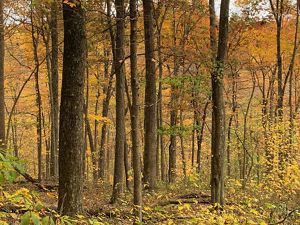

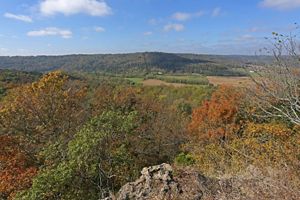
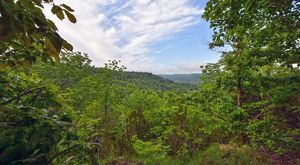

Edge of Appalachia: TNC has protected 20,000 acres in southern Ohio. © Terry Seidel/TNC

Forest Management: We're also creating habitat corridors for wildlife. © Richard Baumer

Forest Protection: Protecting the forest can help mitigate carbon. © Jim McCormac

Community Forestry: TNC is incentivizing sustainable forestry across Ohio. © Randall Schieber
Sustainably Managing Forests at the Edge of Appalachia
In Ohio, TNC is managing 14,000 acres of our Richard and Lucile Durrell Edge of Appalachia Preserve System for increased carbon sequestration. These efforts will remove 27,000 tons of CO2 from the air annually—the equivalent of more than 5,800 cars driven for one year. We are also incentivizing better forest management on 40,000 acres across the state, either through existing forest conservation programs or the Family Forest Carbon Program, a program aimed at helping landowners manage their forests sustainably in return for conservation and management assistance to improve the health of their forests.
With less than 10% of Ohio’s original forests remaining, TNC recognizes that we have a responsibility to be a role model for sustainable forest management. We are demonstrating that well-managed forests can support sustainable timber production, elevate a region’s natural resources and uplift local economies through recreation and tourism revenue. And by helping private forest owners better steward their land, we're ensuring the ability of Ohio's forests to continue capturing carbon for generations to come while providing important habitat for plants and animals.
Conserving Ohio's Wetlands
Wetlands offer important habitat for many plants and animals. They also help filter nutrients and sediment from water, ensuring that millions of people across Ohio have access to clean drinking water. Unfortunately, Ohio has lost around 90% of wetlands in the state since colonization. And climate change is putting these critical natural areas at further risk by increasing water temperatures and threatening the ability of wetlands to provide ecosystem services like storing carbon.


To ensure Ohio's climate resiliency, TNC is working to conserve and restore wetlands throughout the state. In northeast Ohio, we've protected 2,000 acres at Morgan Swamp Preserve, which is part of a greater wetland system called the Grand River Lowlands. We've also protected the J. Arthur Herrick Fen Preserve, which is home to a tamarack fen and cinquefoil-sedge fen, both of which support a variety of rare and endangered plants and animals.
In 2022, we also completed restoration of our Sandhill Crane Wetlands in the Oak Openings Region of northwest Ohio. This project restored 280 acres of marginal farmland to native wet prairie, restoring the land's natural ability to store carbon. The wetland also provides important habitat for wildife like state-threatened sandhill cranes.
Wetlands By the Numbers
-
>30%
Percentage of rare and endangered species that depend on wetlands for survival
-

1.8%
Percentage of Ohio that is currently covered by wetland habitat
-
90%
Percentage of wetlands that have been degraded or destroyed in Ohio since colonization
Protecting Peatlands
Peatland, like this bog at Brown's Lake Bog, covers 3% of land but stores twice as much carbon as all forests. Bogs and other peatland are also hotspots for biodiversity, providing critical habitat for rare and endangered plants and animals. Brown's Lake Bog supports more than 20 rare plants including carnivorous plants like purple pitcher plant and sundew. The bog is also home to Ohio species of special concern like the four-toed salamander.
As one of the few well-preserved, virgin boreal acid bogs remaining in a region where wetlands have been drained for agricultural use, Brown's Lake Bog was designated a National Natural Landmark in 1967. By protecting the bog, we're also protecting the important services it provides like storing carbon.
Helping Farmers to Fight Climate Change
Climate change impacts—including unpredictable weather—have pushed our food system to the brink. But farmers can help in the fight against climate change.
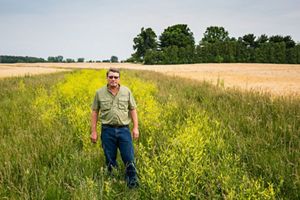
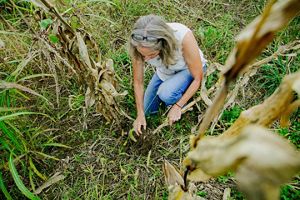

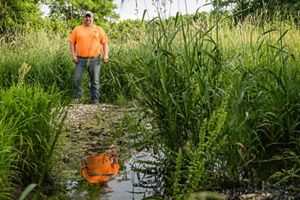

Ohio Farmer Les Seiler: Sustainable agricultural practices like installing two-stage ditches can help filter nutrients from water before it leaves the farm field. © David Ike

Farmer Ann Brandt: Healthy soil is important for sustainable food systems. © David Ike

Grassed Buffer Strip: Sustainable forestry can help protect water quality. © Xiaoqiang Liu

On-Farm Habitat: Farmer Jason Ward stands next to a wetland on his farm. © David Ike
Making Food Production More Sustainable
Food production has altered our planet more than any other human activity. It accounts for a quarter of greenhouse gas emissions and 70% of all freshwater usage; it is perhaps the single greatest cause of biodiversity loss. But it also provides livelihoods for more than a third of the world’s population. The next decade will be critical to making a global shift to producing food in ways that restore nature and support thriving communities. A regenerative food system takes us beyond mere sustainability toward positive growth that benefits our planet and the billions of farmers, fishers, ranchers and others who work to provide our food—without sacrificing the health and dignity of rural people and communities of color.
Working in partnership with farmers in Ohio allows us to:
- Make our food systems more productive
- Restore habitats
- Protect clean drinking water
- Increase biodiversity
- Reduce greenhouse gas emissions
- Strengthen the ability of our landscapes to filter nutrient runoff from farm fields that could lead to harmful algal blooms in nearby waterways like Lake Erie
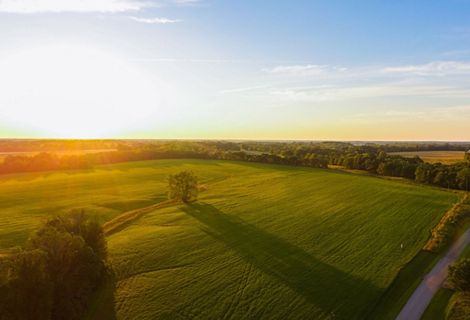
Sustainable Agriculture in Ohio
Learn how The Nature Conservancy is working to safeguard Ohio’s food security and abundant water supplies.
Transitioning to Renewable Energy in the Midwest
Recent studies have indicated that we can get 90% of the way to zero-carbon electricity by 2035. To achieve this, we need to significantly scale up renewable energy use.
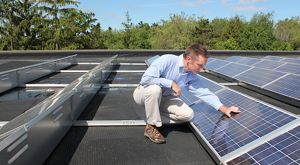
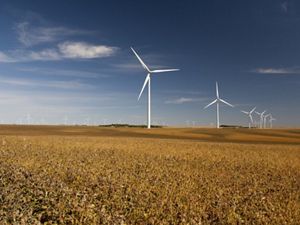

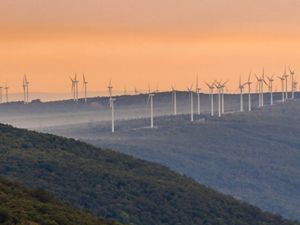

Solar Panels: Solar panels at Denison University. © Denison University

Wind Energy: Wind turbines are sited across a prairie. © Richard Hamilton Smith

Solar Energy: Solar panels are one way we can reach zero carbon. © Ruslan Dashinsky, iStock

Renewable Energy: Renewable energy can help us meet our climate goals. © Kent Mason
Creating a Clean Energy Future
To help us achieve the clean energy buildout need to meet our climate goals, TNC is helping developers identify ideal sites for renewable energy infrastructure. Our free science-based mapping tool called Site Renewables Right is helping companies and communities identify the most promising places to develop renewable energy and avoid impacts on important wildlife habitats. Together with our Low Conflict Zone data, which identifies communities in Ohio where there is political acceptance for renewable energy, we can accelerate solar and wind energy projects in places that are good for people and good for nature. Our Mining the Sun project is exploring the use of former mine sites that could be used for solar generation, adding to the toolkit of resources TNC has created to help build a climate-resilient future in Ohio. Read the 2024 Mining the Sun Report to learn more.
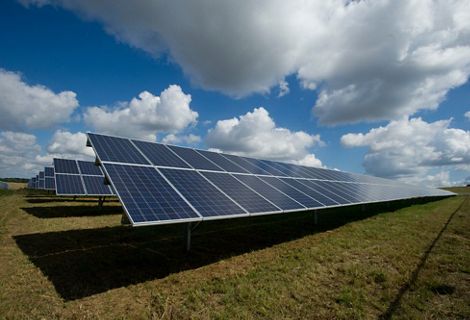
Clean Energy in Ohio
The Nature Conservancy in Ohio is helping to create a renewable energy future that benefits the economy while reducing impacts to nature and wildlife.
